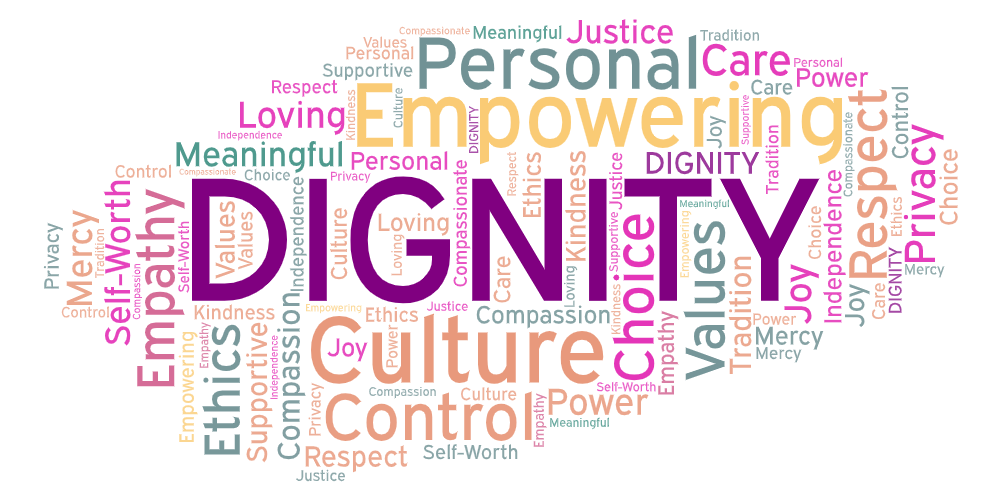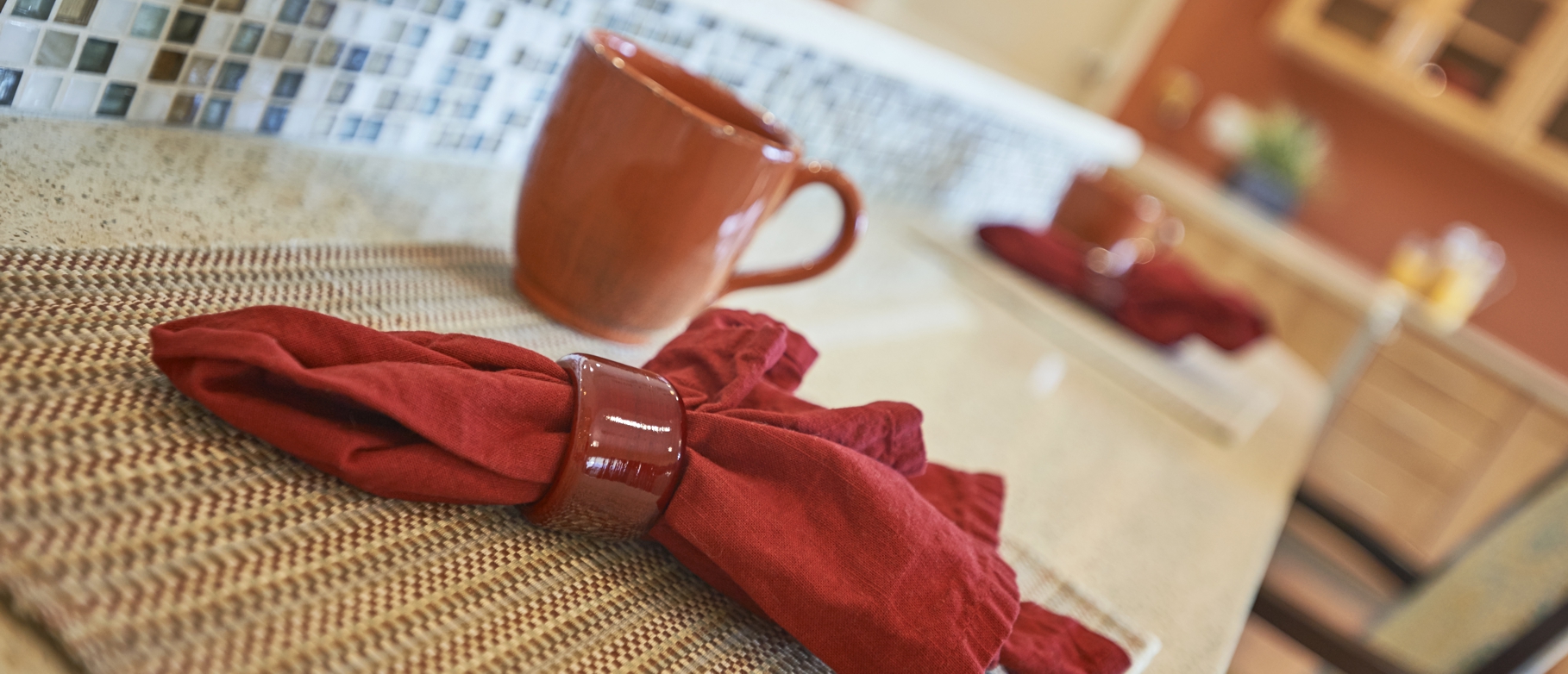Posts
DIGNITY & DESIGN: Crucial Considerations for Memory Support Design Solutions
April 22, 2021 Dignity—something that is often taken for granted—is one of the most fundamental elements of the human spirit. Everyone wants to be valued and respected for who they are. Those needs do not disappear if a person is living with Alzheimer’s Disease or other forms of dementia. Translating this innate desire to memory support design solutions demands acknowledgement of each person’s independence and personal choice, regardless of his or her acuity level.
Dignity—something that is often taken for granted—is one of the most fundamental elements of the human spirit. Everyone wants to be valued and respected for who they are. Those needs do not disappear if a person is living with Alzheimer’s Disease or other forms of dementia. Translating this innate desire to memory support design solutions demands acknowledgement of each person’s independence and personal choice, regardless of his or her acuity level.
Supporting the needs of people living with dementia requires senior living communities and design professionals to first understand the daily living challenges that a typical congregate environment presents. By identifying these difficulties, memory support settings can be reimagined to nurture independence and meaningful experiences which will, in turn, provide a sense of purpose and personal dignity.
MEMORY SUPPORT DESIGN: The Silent Partner
April 2, 2021 Within the team of family, caregivers and clinicians caring for someone with memory impairments is an unexpected partner – the space in which individuals live.
Within the team of family, caregivers and clinicians caring for someone with memory impairments is an unexpected partner – the space in which individuals live.
Throughout the history of supporting people living with cognitive impairments, environments have evolved considerably from previous iterations that were virtual lockdowns to spaces available today where people can function safely following their own daily rhythms. This evolution is a direct reflection of the importance the built environment plays in residents’ health and wellbeing.
A carefully designed memory support setting can serve as a silent partner in helping people with cognitive decline live well and potentially help to slow the disease’s progression.
A well-designed space provides cues and guides people to follow daily patterns of eating, sleeping, dressing, or participating in activities, allowing them to live fully in an environment they understand. These cues can be as simple as somewhere to lay out clothes for tomorrow to remind residents to dress in the morning. Red “H” for hot and blue “C” for cold can remind someone to wash their hands. Or, their own furniture from home can remind someone which room is their own.